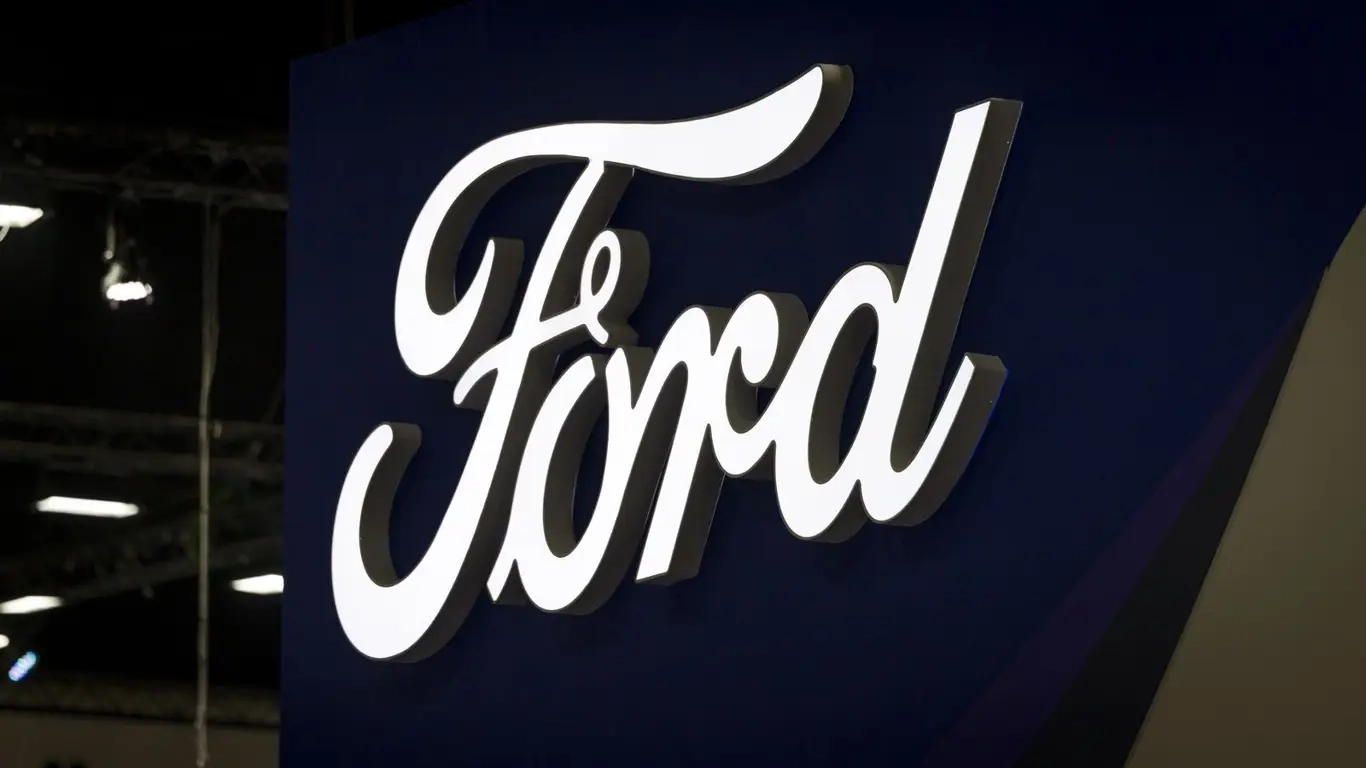Ford stays the course on 2050 carbon neutrality with hybrids and EVs


Ford reaffirms a 2050 carbon‑neutral future, targeting vehicle use, suppliers and plants. Emissions down sharply; hybrids and EVs lead a pragmatic shift.
Ford has confirmed it aims to achieve full carbon neutrality by 2050, even as many rivals back away from similar promises. The manufacturer is concentrating on three priority fronts—vehicle use, its supplier network, and production plants—which together account for 95% of its carbon dioxide emissions. The focus lands squarely where the footprint is largest, and that’s where real change can actually register.
According to Bob Holycross, Ford’s vice president of sustainability, the company has already reduced greenhouse gas emissions by 49% since 2017, while indirect emissions (Scope 3) are down 16%. By 2026, all facilities in Michigan will run on 100% carbon‑free electricity. The numbers make the progress feel tangible rather than cosmetic.
Ford is doubling down on hybrid and electric models, even as many brands—including Volvo and Stellantis—have abandoned plans for full electrification by 2030. A balanced lineup looks like a pragmatic bridge for customers who are moving to new powertrains at different speeds.
The company acknowledges that stepping away from neutrality would deal a serious blow to its reputation. Ford says it intends to prove it can cut pollution with concrete measures rather than slogans—and to stay the course even as more of the industry takes a step back. It’s a stance that favors action over optics.